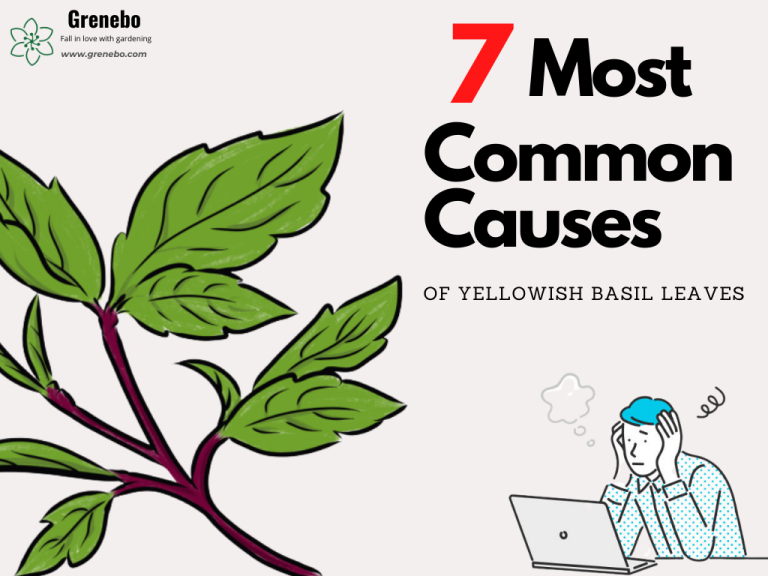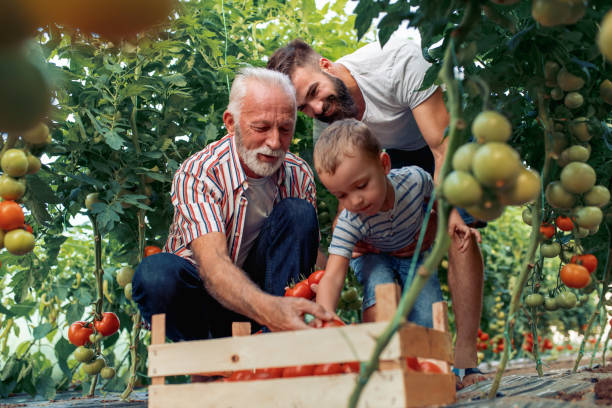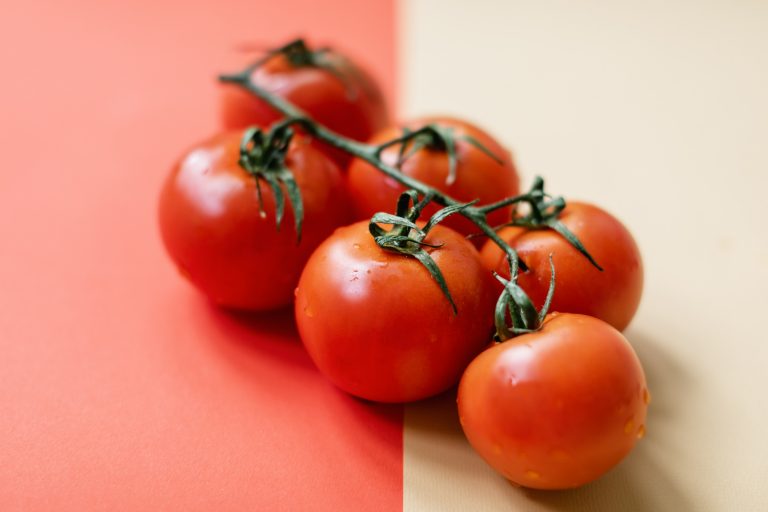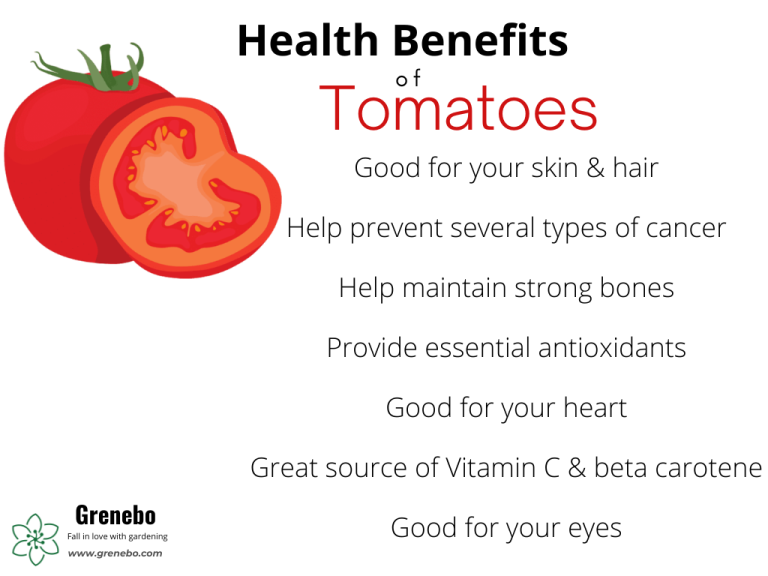Most Common Gardening Tools and Its Uses
Gardening is a fun and relaxing hobby that can be very rewarding. Proper tools are essential for any gardener, whether you have a small garden or acres of land. This guide will help you know what tools you need for gardening and the various uses for each tool.
A good gardening tool will help you in your garden. Different tools perform different functions, but they all serve the same purpose: to make gardening easier.
The first thing to look for when purchasing a new tool is its durability and sturdiness. You’ll want something that can stand up to the weather and isn’t going to break or shatter under pressure. Tools should also be well balanced, so they don’t feel awkward when you use them (just like how a pair of shoes feels uncomfortable if it’s too small).
As far as maintaining your tools goes, simply keeping them clean will go a long way toward keeping them in good working order: cleaning off any dirt or grime will keep them from rusting out too quickly due to exposure to moisture over time!
Spade
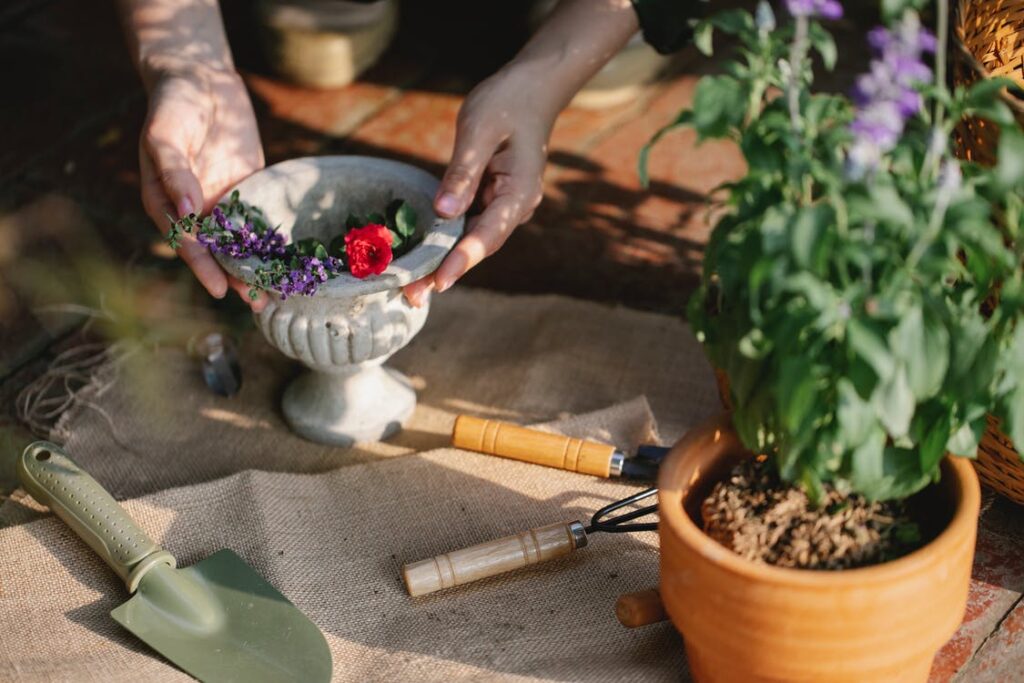
A spade is a tool that has a flat blade and a straight handle. It is used for digging, breaking up hard soil, and cutting sod and other materials. The length of the blade can vary depending on its purpose.
The name comes from the word “spade” which means to dig in English.
Trowel
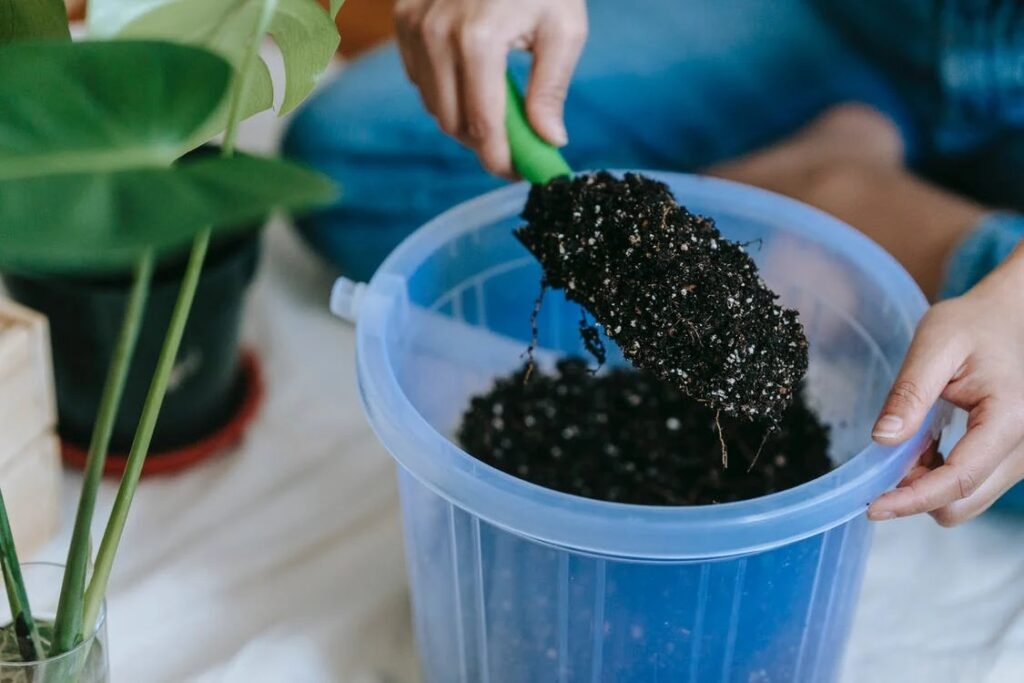
A trowel is a multi-purpose tool that can be used for many different gardening tasks. You can use a trowel to plant seeds, dig holes for transplants and bulbs, or remove weeds. The size of the blade on your trowel depends on what you plan to use it for. A larger blade will be more effective when digging into hard soil while smaller blades are better suited for working in tight spaces where there’s not much room to swing around a large tool.
Hoe
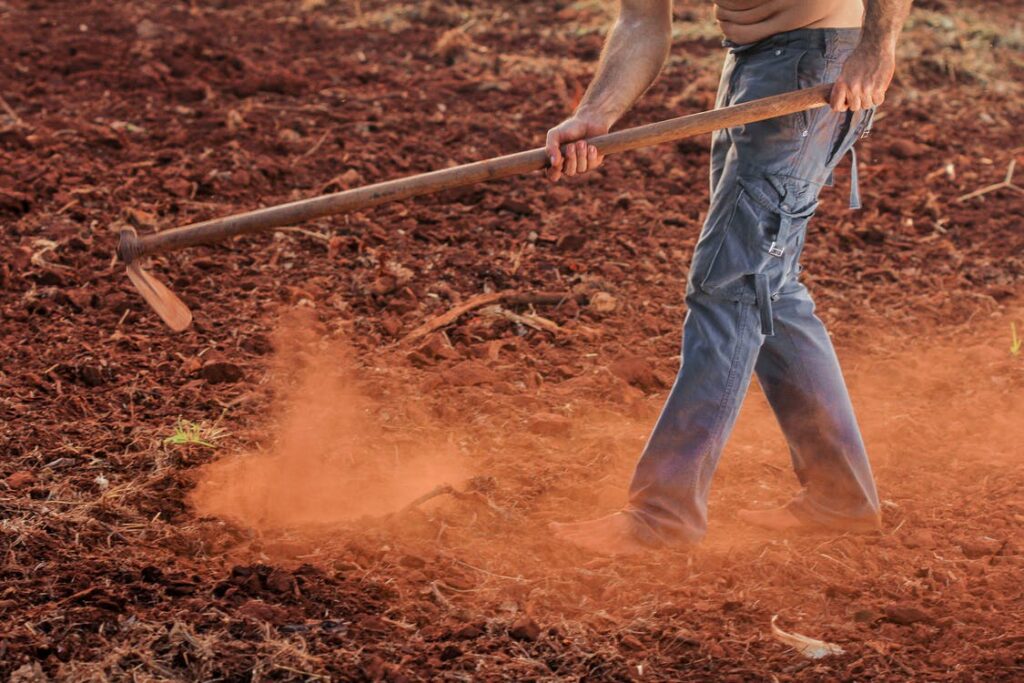
A hoe is a gardening tool used to loosen soil, weed, and aerate the soil. It has a flat blade that can be made of metal or fiberglass and is attached to a wooden or plastic handle. The business end of the hoe is used for chopping up weeds in the garden so that they can be pulled out of the ground easily by hand.
Hoes are also great for loosening up soil when preparing beds for planting annuals or perennials. A few chops across your bed will help break up any tough clumps so your plants have an easier time getting established in their new home.
A rake is a garden tool that is used to remove debris from the garden. If you are careful, you can use it to level the soil and remove weeds and even leaves and small stones.
Digging Fork
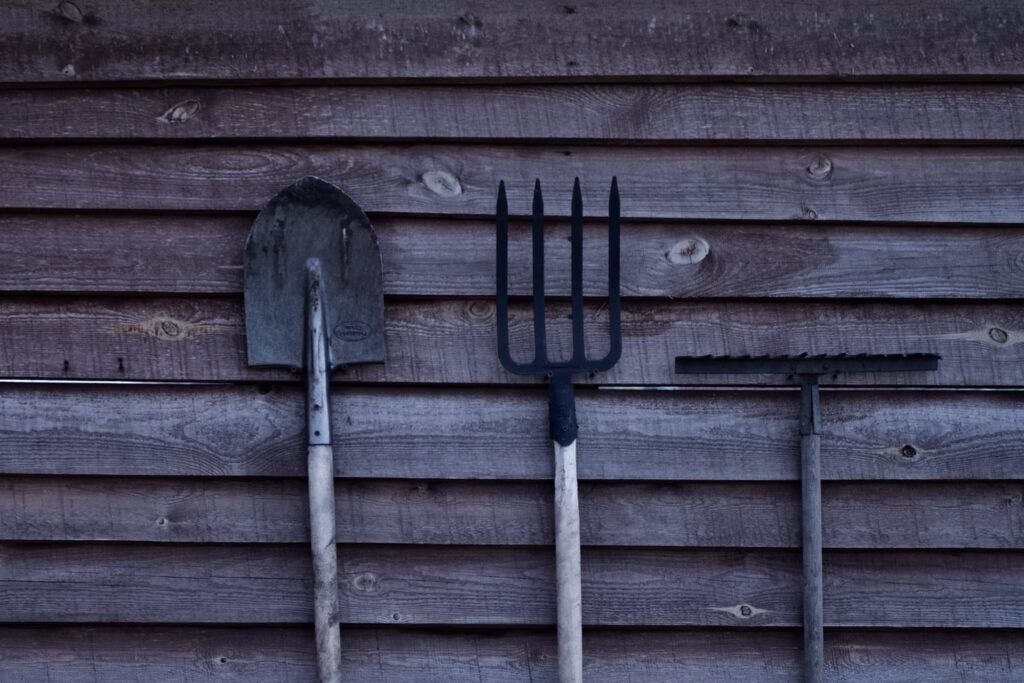
A digging fork is a versatile tool that can be used for digging up plants, breaking up hard soil, and turning soil. It’s also useful for aerating soil, digging holes and trenches, and mixing soil and fertilizer.
Gardening Gloves
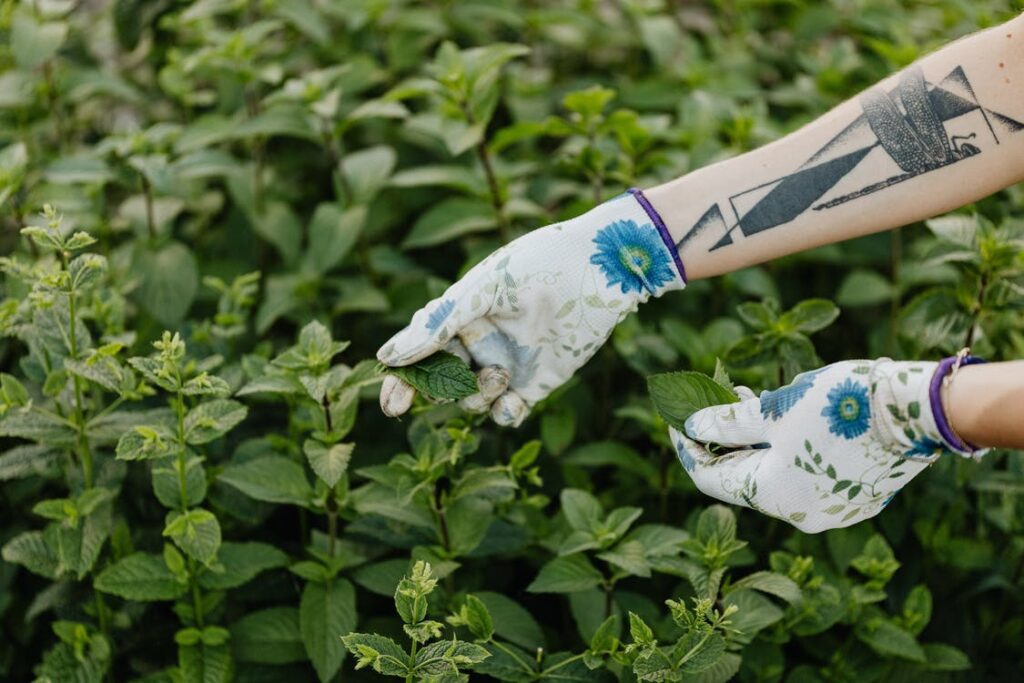
Gardening gloves are very useful in gardening. They protect your hands from harmful chemicals, thorns, and dirt. They can also help you to keep your hands warm during winter. You should always wear gardening gloves when working with plants to prevent cuts and burns.
Gardening gloves come in different types and styles. Some of them have special features like waterproofing or extra grip. These features make them ideal for specific gardening tasks such as weeding or planting flowers.
Some people prefer leather gloves because they are durable and comfortable to wear for long periods of time. However, some people may find leather gloves too hot and uncomfortable during the summer months because they absorb heat from the sun quickly.
Garden Saw
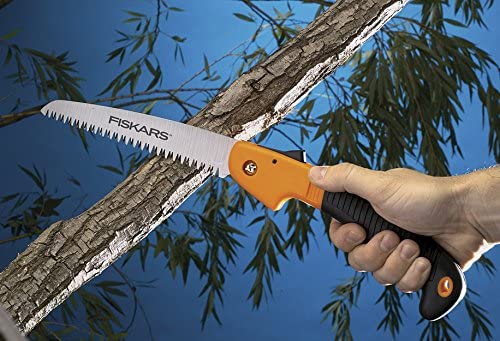
Gardening saws have many uses in the garden. They’re useful for cutting large branches that are too big for clippers or loppers. They can also be used as a replacement for loppers when you need more leverage than they offer.
If you’re working with deadwood, then a saw may be the best choice for cutting it down to size. It’s easier to use than an axe or hatchet because you don’t have to swing the blade as hard — just slide it through the wood and let your weight do the work! But there are some drawbacks: saws won’t cut as quickly as an axe, and they’re harder to control when working at awkward angles. If you’re going to use a saw on deadwood, make sure it’s fresh and not rotted through before you start working with it (otherwise your blade will get stuck).
Garden Knife
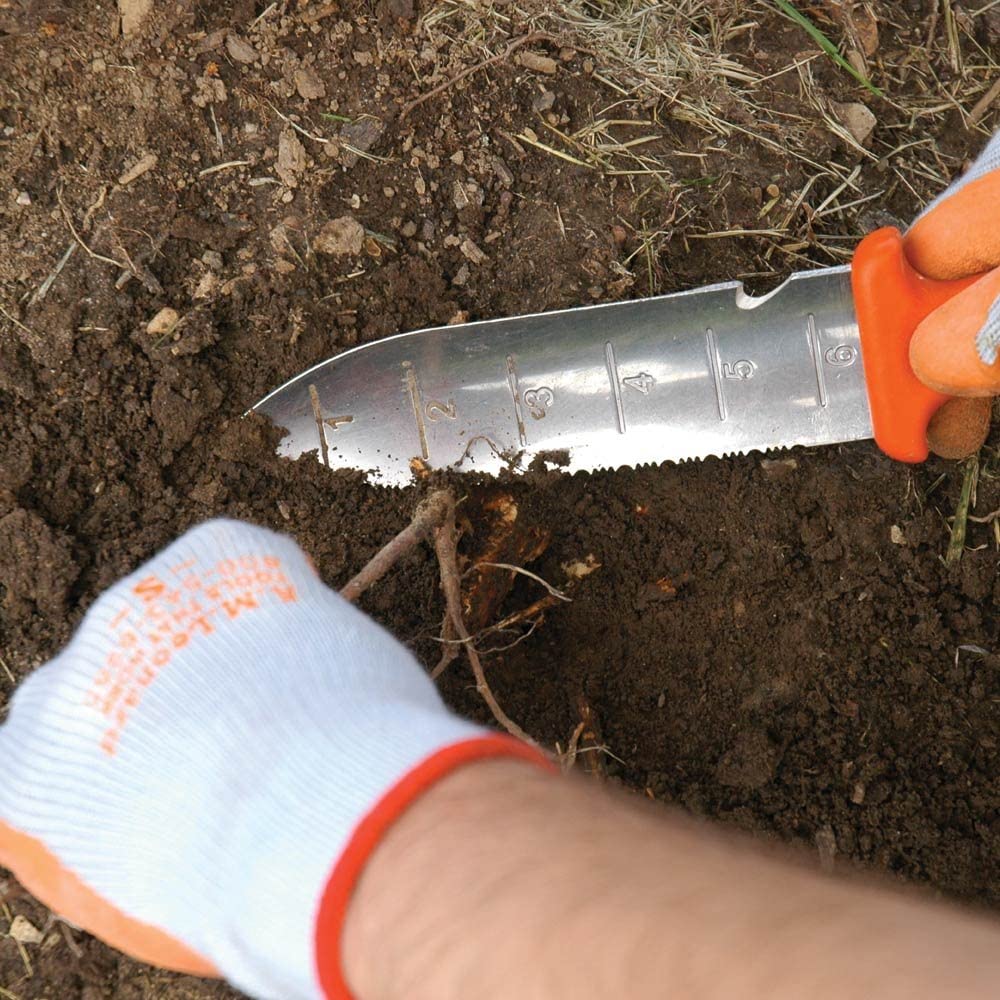
A sharp blade is essential for cutting through thick branches and stems of bushes and trees.
Garden knives have many uses beyond cutting plants. They can be used for digging, weeding, planting seeds and bulbs, and working with compost and soil amendments such as fertilizer, mulch, and potting mix. Garden knives are also great for cutting through thick ropes or strings that can get tangled around bushes or trees.
Garden knives come in different sizes with various types of blades. The size of the blade depends on how large your hands are, so if you have large hands, you’ll want to choose a bigger blade that will fit better in your hand. The type of blade will depend on what kind of work you do in the garden. Some blades are straight while others are curved at the end. Curved blades make it easier to cut through branches because they allow more room for error when making each cut along a branch or stem.
Wheel Barrow
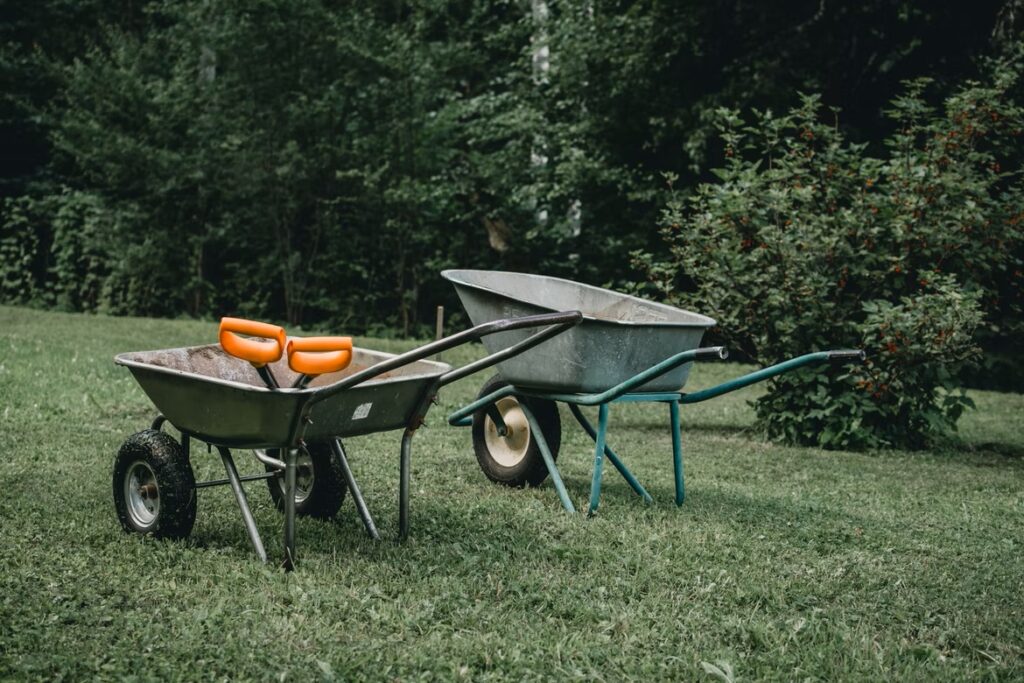
A wheelbarrow can be used to move dirt, gravel, sand, and other materials. The type of material you are moving will determine how much weight you can put in your wheelbarrow. If you are moving heavy loads, such as rocks or dirt that is full of rocks, then you need a strong and sturdy wheelbarrow.
If you are just moving small amounts of dirt or sand, then a simple garden cart will work fine.
The main purpose of using a wheelbarrow is to move materials from one place to another. However, there are many other uses for this gardening tool including:
- Moving rocks from the garden to where they need to be placed
- Digging holes for plants
- Planting seeds in small garden beds
Garden Hose
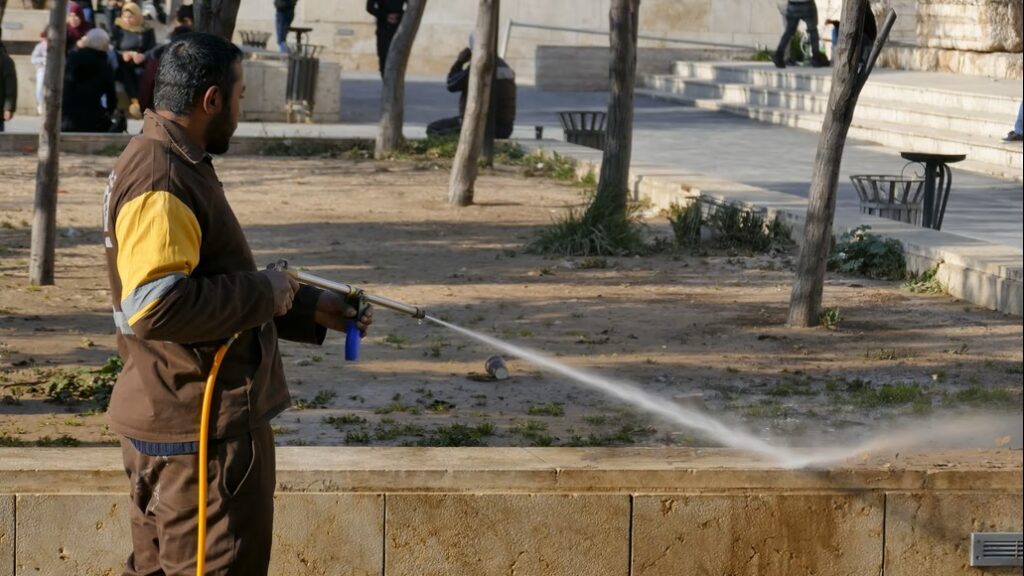
Garden hoses come in a variety of lengths and can be used in a wide range of ways. They’re perfect for watering gardens, flowerbeds, and lawns. Garden hoses are also great for washing cars and cleaning off driveways, sidewalks, and patios.
Garden hoses come in many different lengths and widths to meet your needs. For example, if you only have a small area to water or wash, then a shorter length will work just fine. On the other hand, if you have a large area to cover then a longer hose will help save time when watering or washing your car or patio.
The diameter of garden hoses varies as well. The larger the diameter of the hose, the more water it can carry at once. If you have several different types of plants that need watering regularly then getting a larger diameter hose may be beneficial because it will save time by allowing water to flow through faster than with smaller diameter hoses.
Pruning Shears
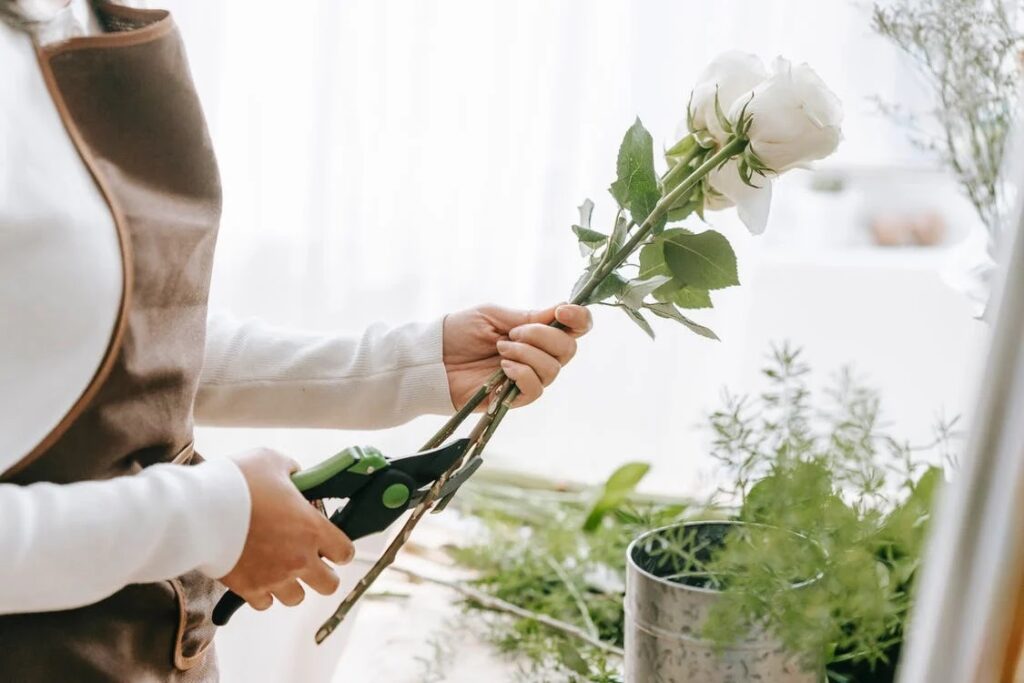
Pruning shears are a gardening tool that can be used to cut, trim and prune small plants and bushes. They are available in different sizes as well as shapes. Pruning shears come with either straight or curved blades, depending on the type of plant you want to prune.
Pruning shears are also called secateurs or by their brand names. Pruning shear blades are usually made of hardened steel, which makes them very durable, but they can still be broken if you misuse them or don’t take care of them properly.
There are many ways you can use your pruning shears. For example:
• To cut back branches from shrubs and trees
• To trim hedges and shrubs into shapes such as bells, hearts, or pyramids
• To cut back deadwood from shrubs or trees
Loppers
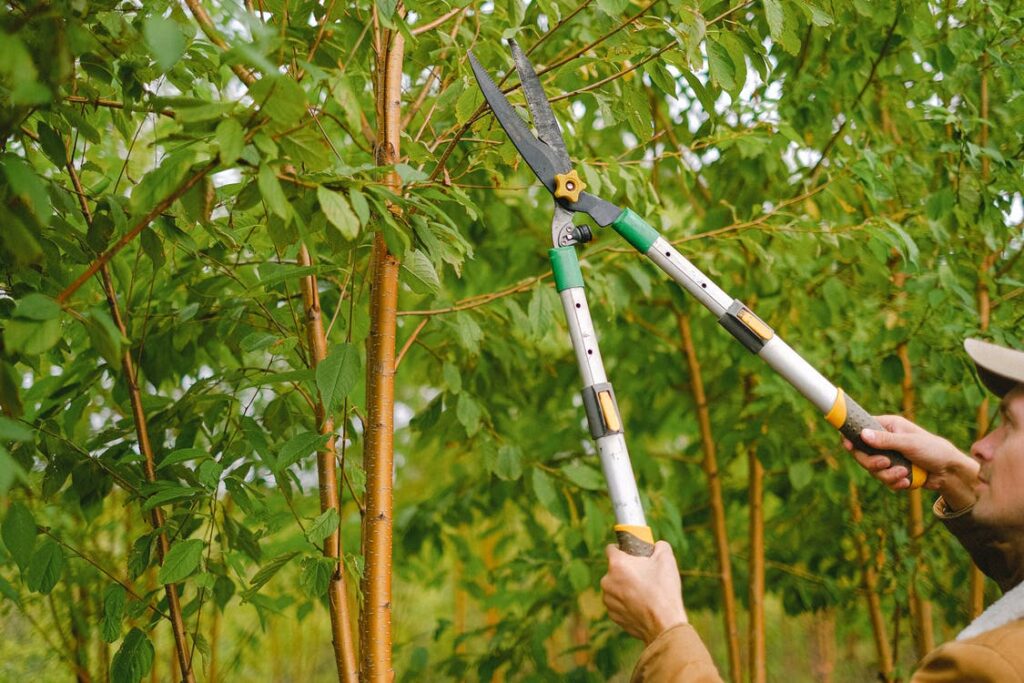
Loppers are long-handled pruning shears. They have a cutting blade on one end, and an open jaw on the other end. The jaws can be opened to allow insertion of a branch or twig or closed to cut off larger branches.
Loppers are useful for cutting large branches or trunks up to 2 inches in diameter. They cut by shearing rather than by slicing as pruners do, so they don’t leave ragged edges on the cut surface.
Loppers are very useful in hard-to-reach places where small hands can’t reach, such as on large trees that need trimming from a ladder.
You can also use loppers for cutting dry wood branches up to 2 inches thick, but not green wood because it is too flexible and will not cut with loppers.
Conclusion
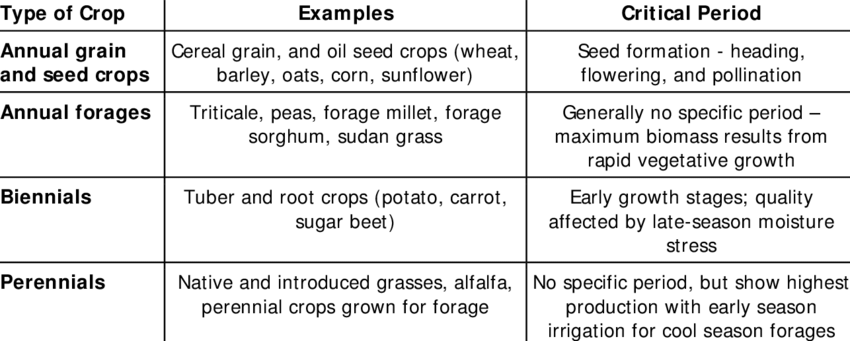
This article provides an overview of the main types of gardening tools as well as their uses. These tools are essential for any gardener, whether you’re just beginning or have been cultivating your green thumb for years. If you want to get started in gardening, then be sure to check out our other articles on how to determine what plants might grow well where you live, which plants are easiest to grow from seeds, and what type of soil works best with different types of plants.



